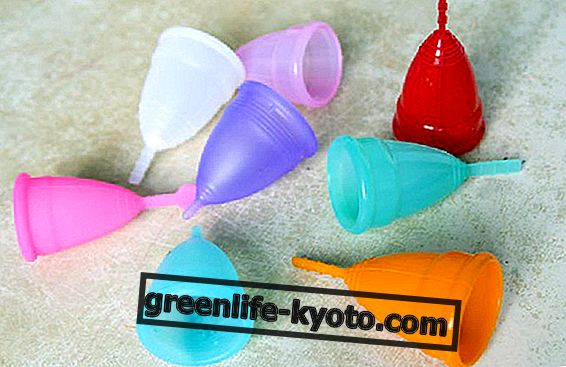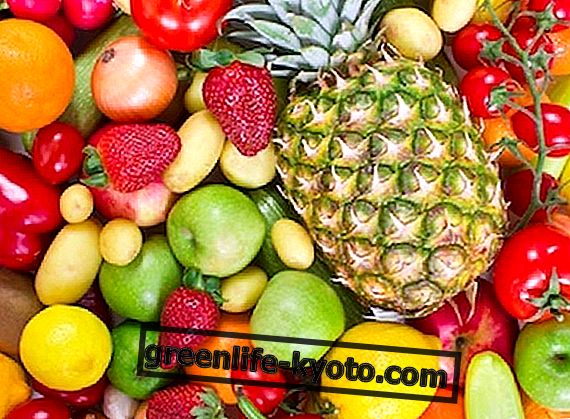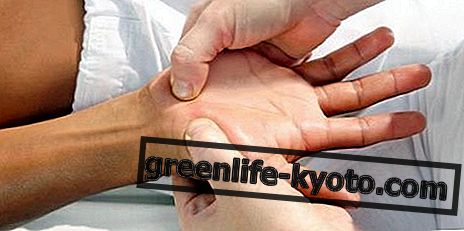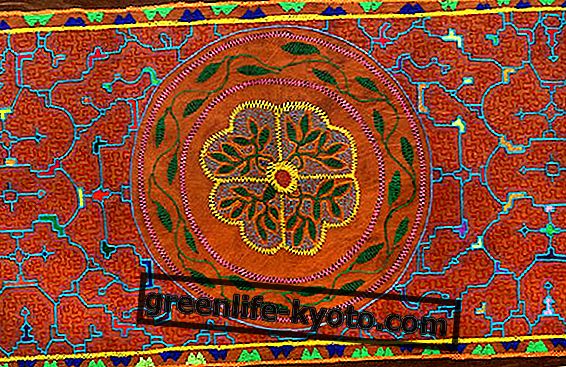
In pregnancy is it necessary to wash fruits and vegetables with special detergents or is water enough? Let's see how to wash food during this delicate period of a woman's life, to ensure the safety of mother and child.
Wash fruits and vegetables during pregnancy: which products to use
Let's say immediately that expensive detergents or special products are not necessary to wash fruits and vegetables during pregnancy . Advertising relies on fears and insecurities and convinces us to fear the presence of pesticides, bacteria and contaminations to make us buy detergents that can sometimes add risks rather than eliminating them.
The detergents designed to wash fruits and vegetables are not always safe, they can leave residues on the vegetables and cause the loss of nutrients in the food, such as vitamins and minerals.
During pregnancy we can guarantee hygiene and safety of plant foods and prevent Toxoplasmosis by washing fruit and vegetables with a simple solution of water and bicarbonate of soda, a natural, cheap and safe product.
For an optimal result, do this: wash the fruit and vegetables with water to remove any remaining soil, insects or other ; if necessary, in the case of heavily soiled vegetables, brush the surface of the vegetable with a brush or remove the damaged or dented parts.
Then fill a basin with water, add a teaspoon of baking soda per liter of water and immerse the fruit or vegetable to be washed; leave for about five minutes and then rinse the vegetables with running water.
You can wash all kinds of fruit and all kinds of vegetables in this way, especially those that are eaten raw like salads, tomatoes, carrots and so on.
How to wash fruits and vegetables during pregnancy
To avoid risks in pregnancy, it is good to wash your hands thoroughly before handling any type of food and therefore also before cleaning the fruit or vegetables.
Eat well-preserved fruits and vegetables, remove the damaged and bruised parts of the vegetables and avoid consuming moldy vegetables that are viscous to the touch.
The fruit should be washed even when it is not consumed with the peel, since eliminating the peel, any contaminants present on it can be transferred to the edible part of the fruit.
Fruits and vegetables should be washed with water and baking soda immediately before consuming : they should not be stored in the fridge after being washed and should not be left to soak for long .
In the first case, in fact, the water present on the surface of the plant could give rise to degenerative phenomena, while in the second case, prolonged soaking can cause the loss of water and nutrients from the vegetable.












